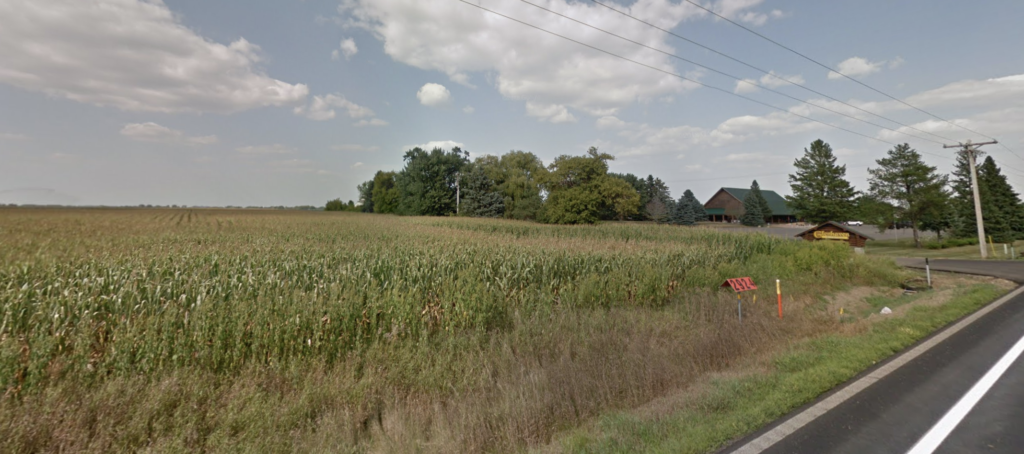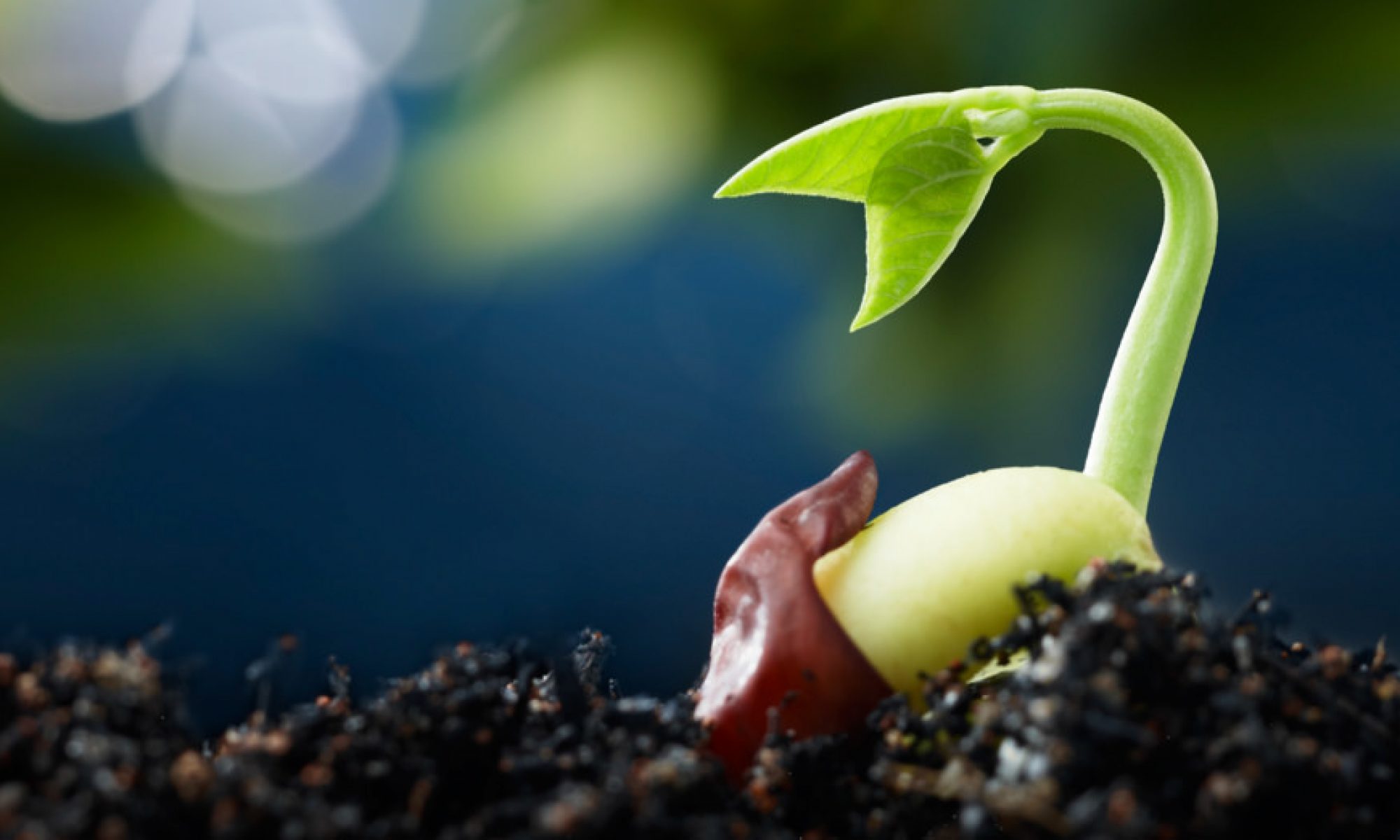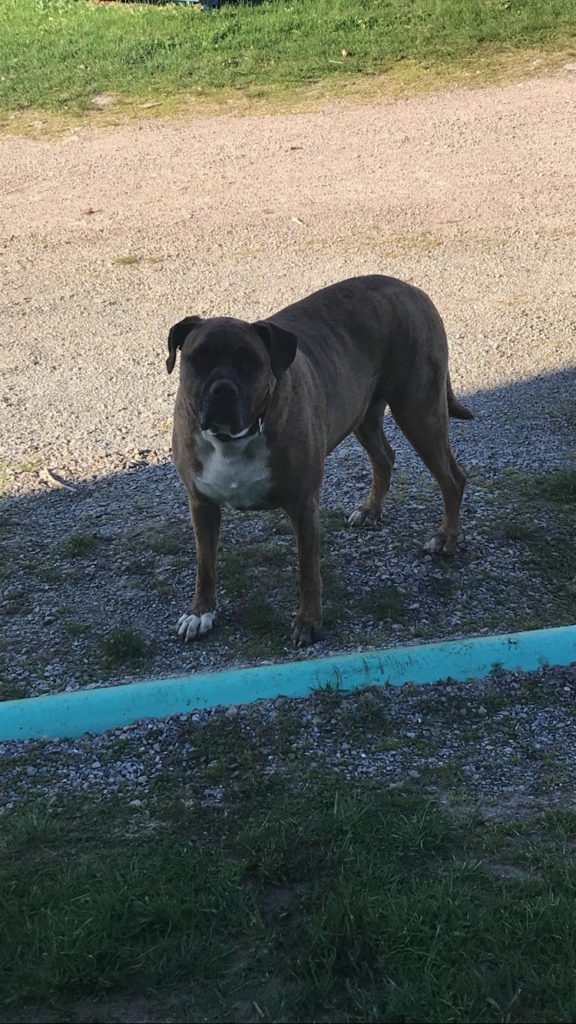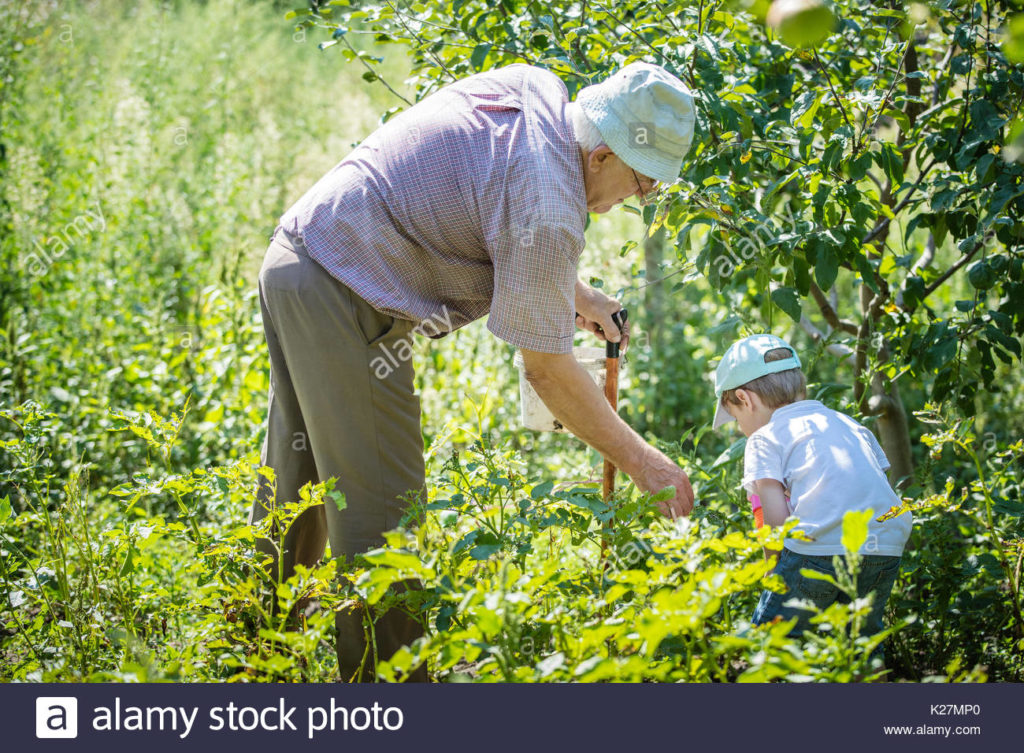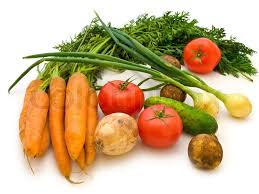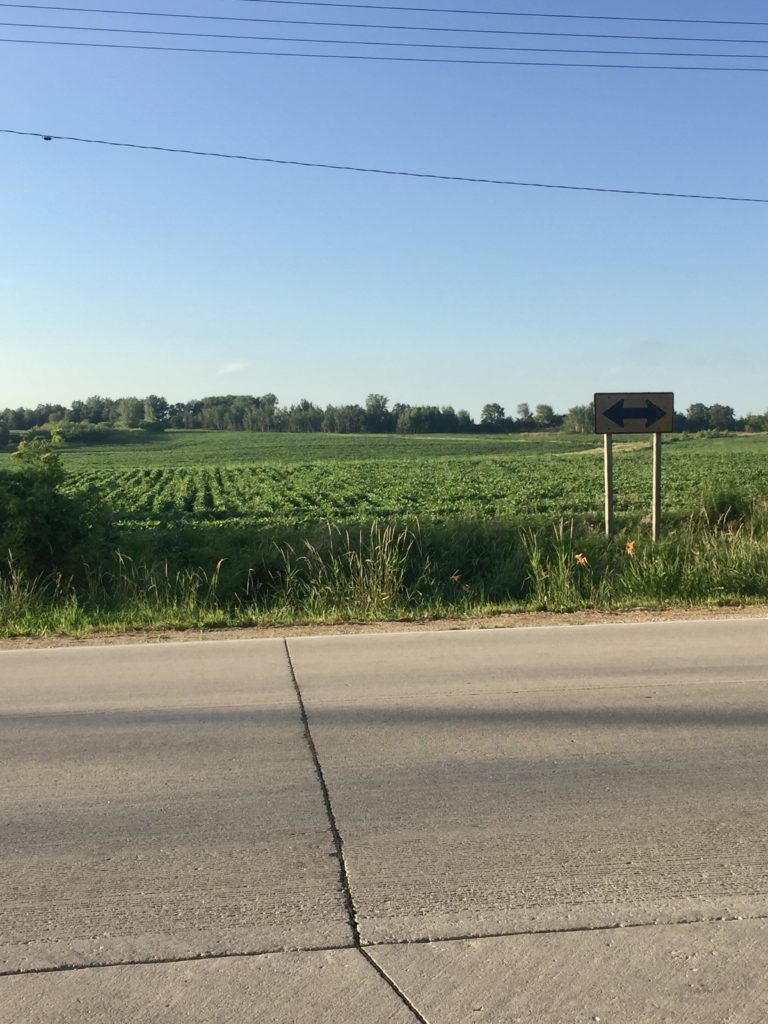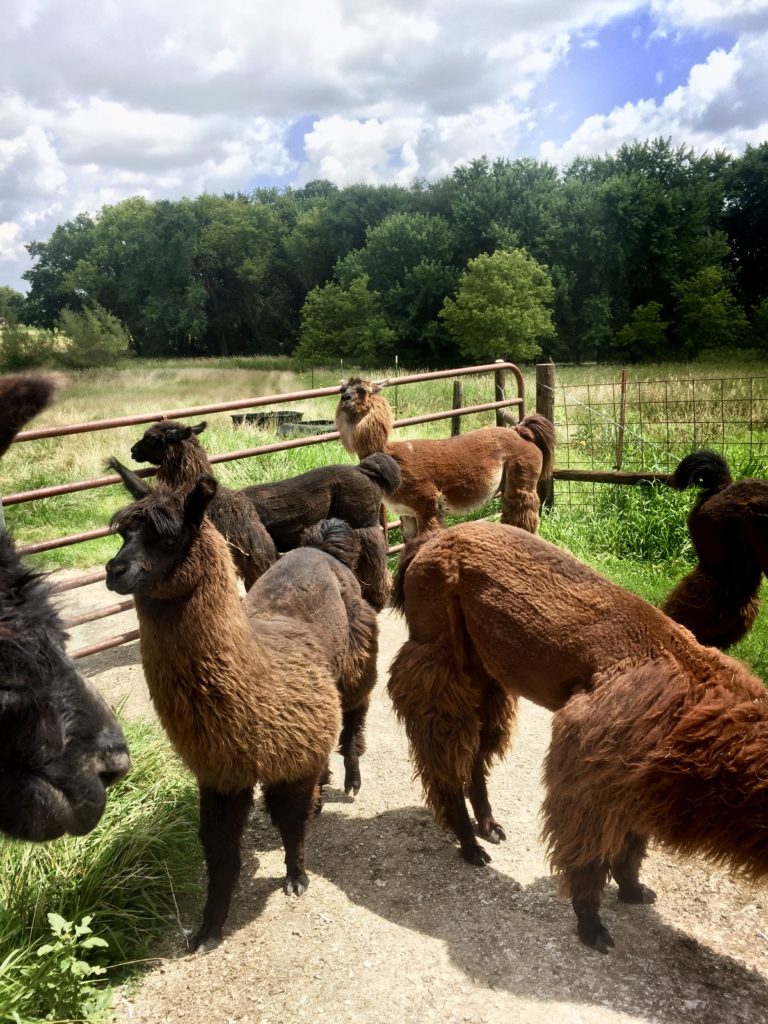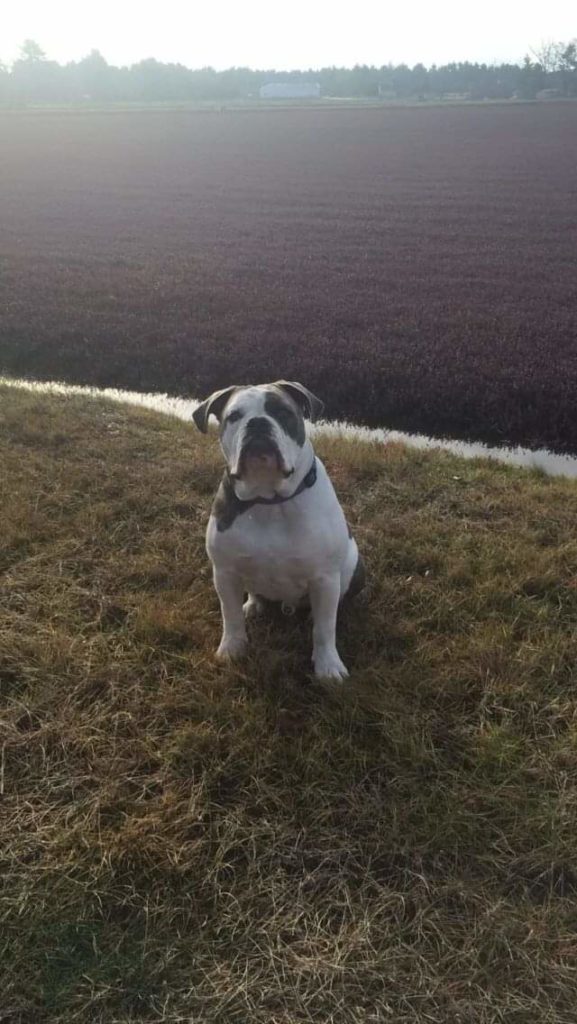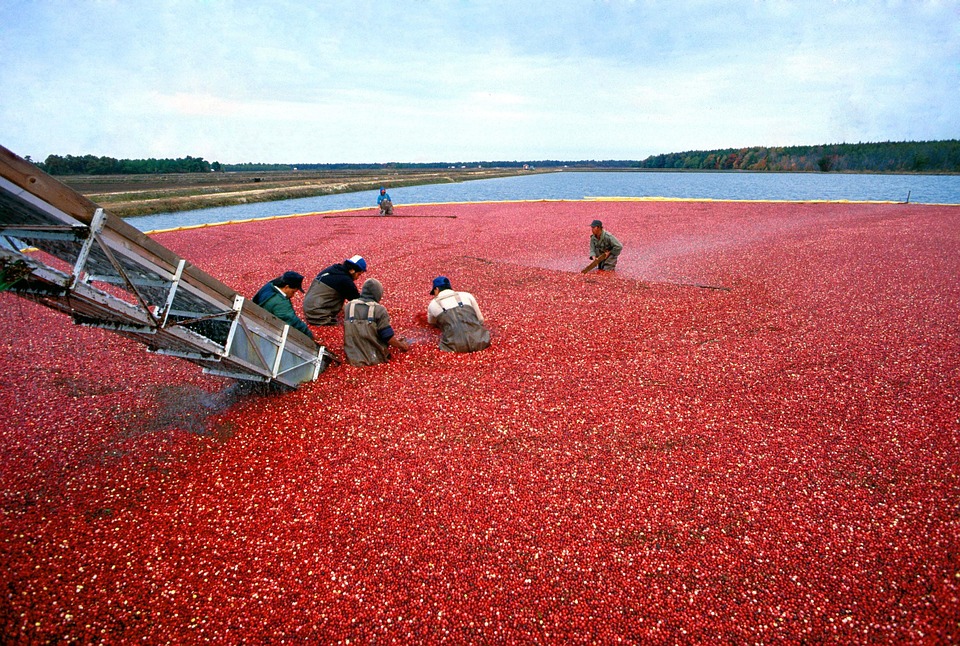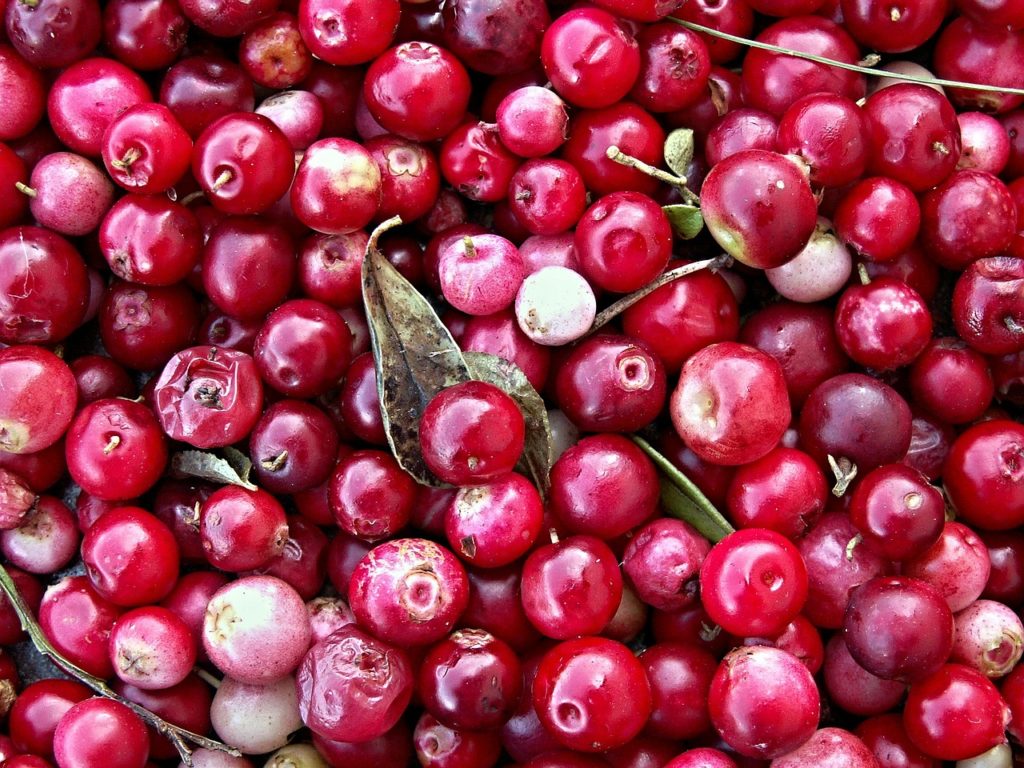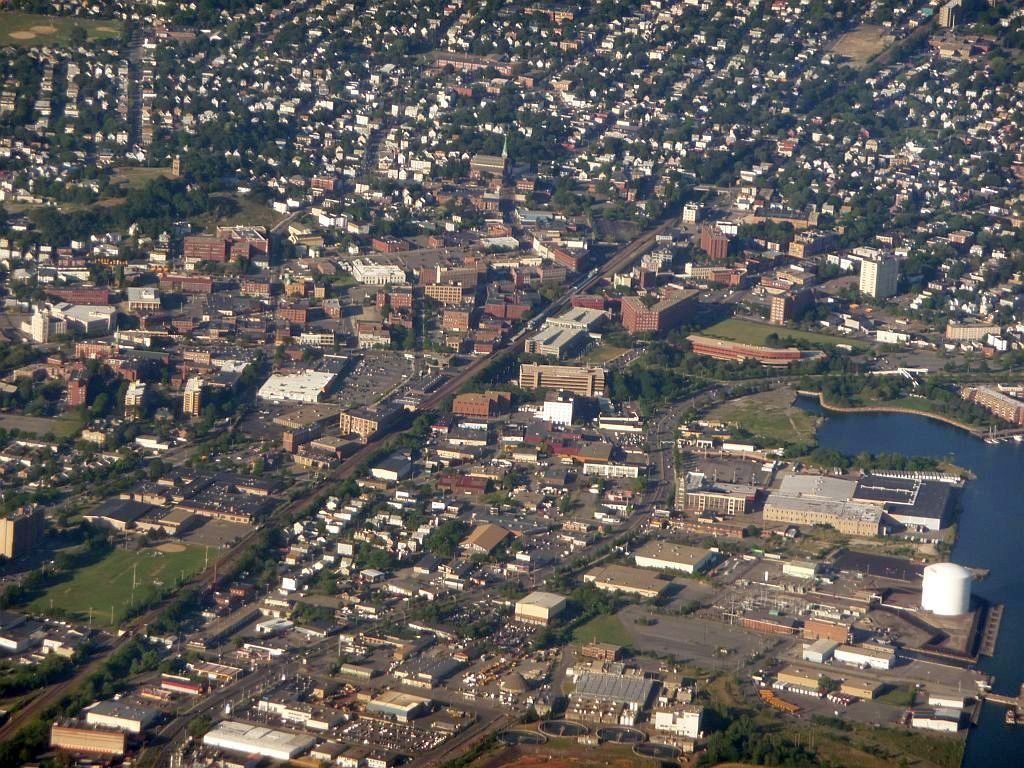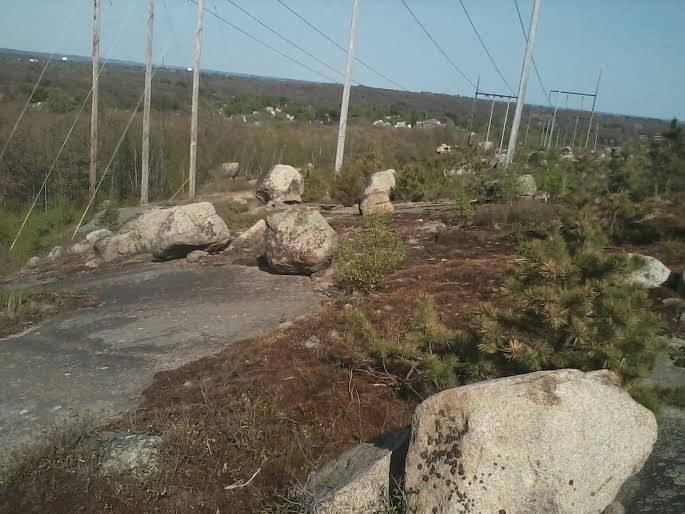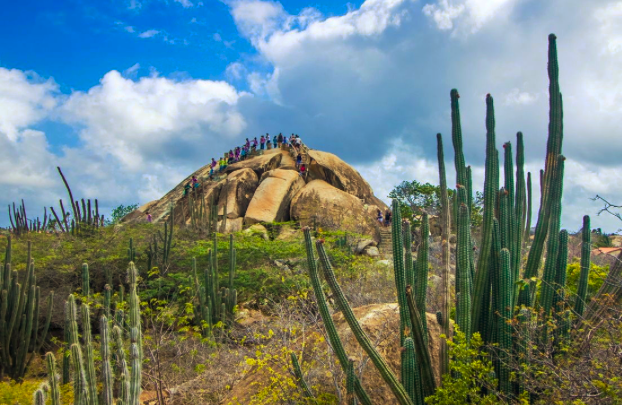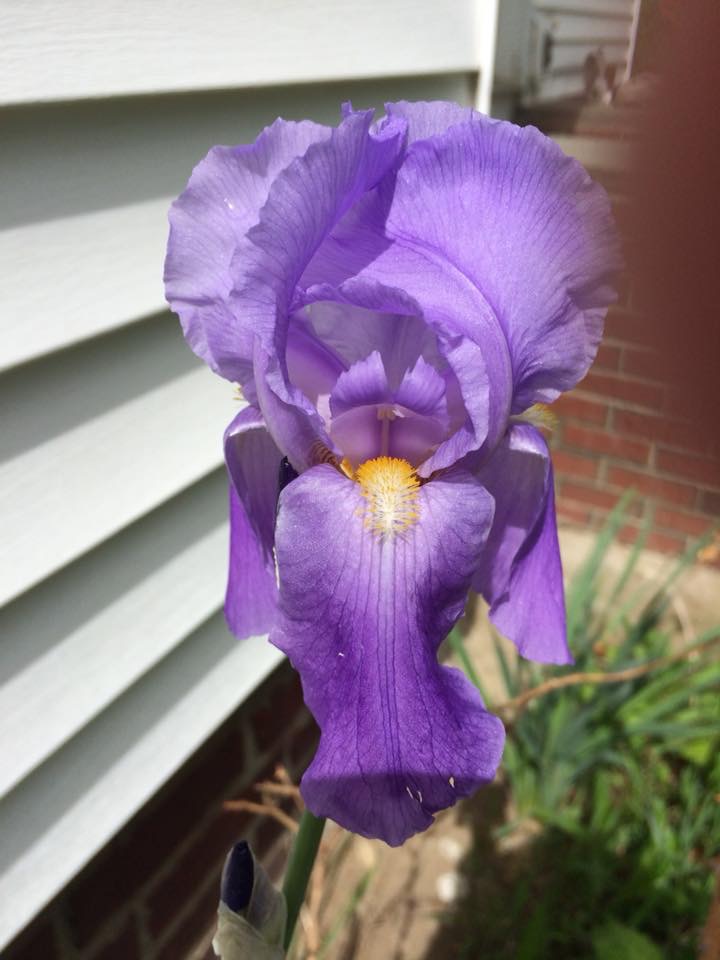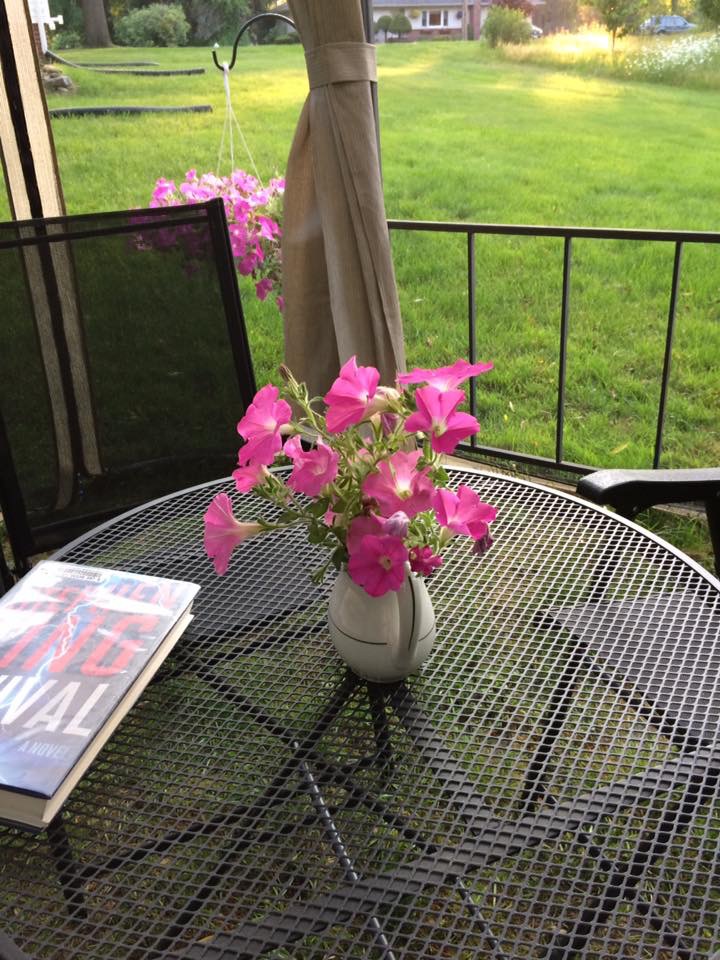Growing up in Franklin, Massachusetts I never drove by acres and acres of cornfields when taking family drives as a kid. The only kind of farm I ever knew was the Big Apple Farm in my neighboring town of Wrentham. Their few hills of apple trees and couple fields of blueberry bushes is the sight I recall when I think of a farm. It is a small farm owned and operated by a local family who’s busiest season is August for blueberry picking, and September into October for apple picking. They sell other locally grown crops like tomatoes, lettuce, strawberries, pumpkins, and corn on the cob.
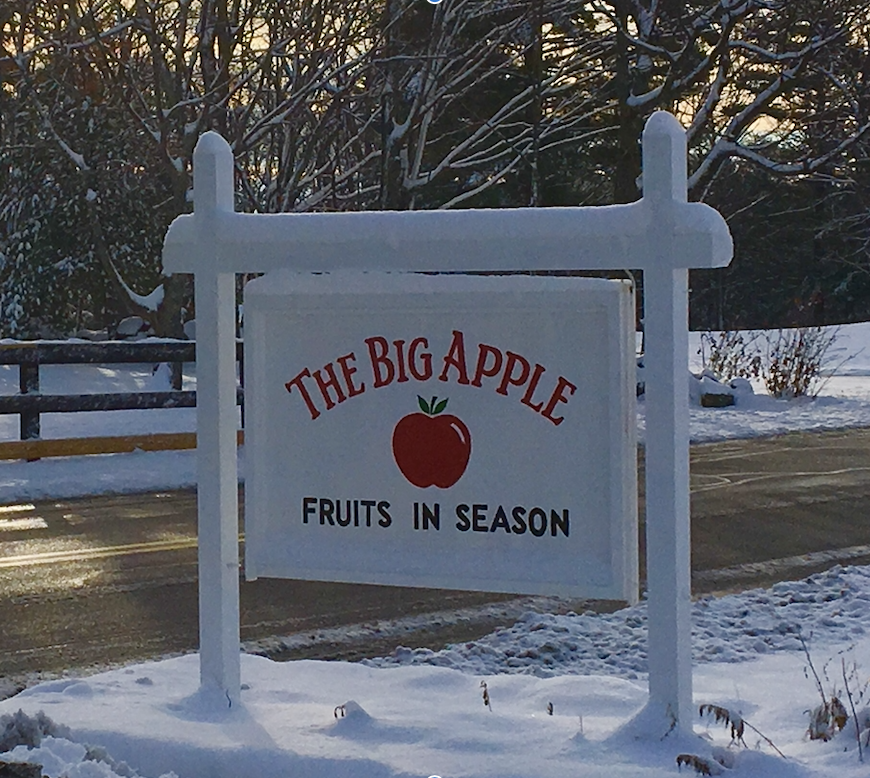
Last summer, I travelled to a family wedding in Apple Valley, Minnesota. Ironically in Apple Valley, most four way intersections were surrounded not by apple orchards, but with massive cornfields. Everywhere I drove, I would look left and right to see nothing but rows of corn stalks. These were “real” farms compared to the few acre apple orchard in my neck of the woods. During my few day stay, the one surprising fact I learned from my cousin about these corn fields was that almost all of the corn grown in those fields is not the variety you find for sale at grocery stores or roadside stands. This corn is used mainly as feed for livestock. Before learning this, I thought all corn was the same. My parents always bought corn on the cob from roadside stands during summer vacations back at home.
So if you are planning a trip to Apple Valley, Minnesota this fall with the hopes of going apple picking, I’m afraid you’re in the wrong neighborhood. However, if you find your way to my neighborhood, the Big Apple Farm is the perfect place for picking six different variety of apples, and a few ears of corn.
